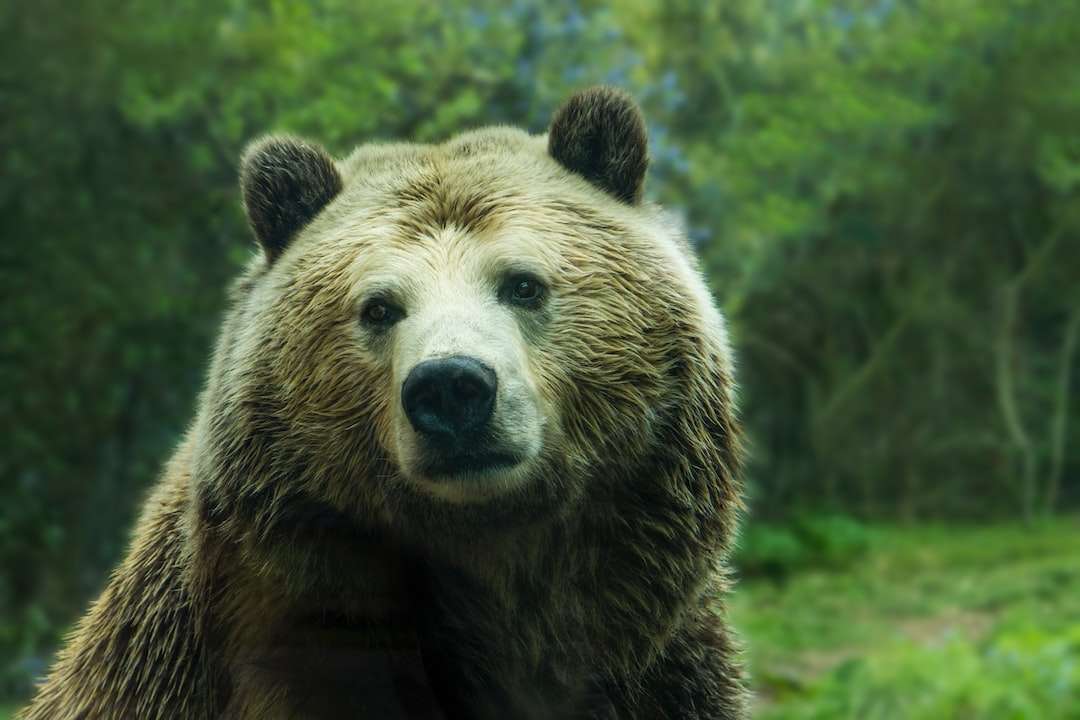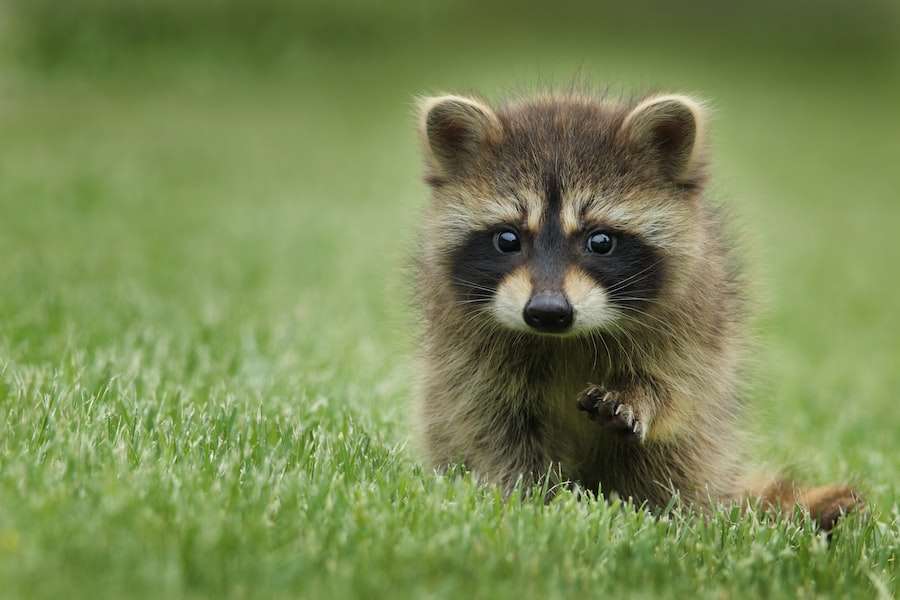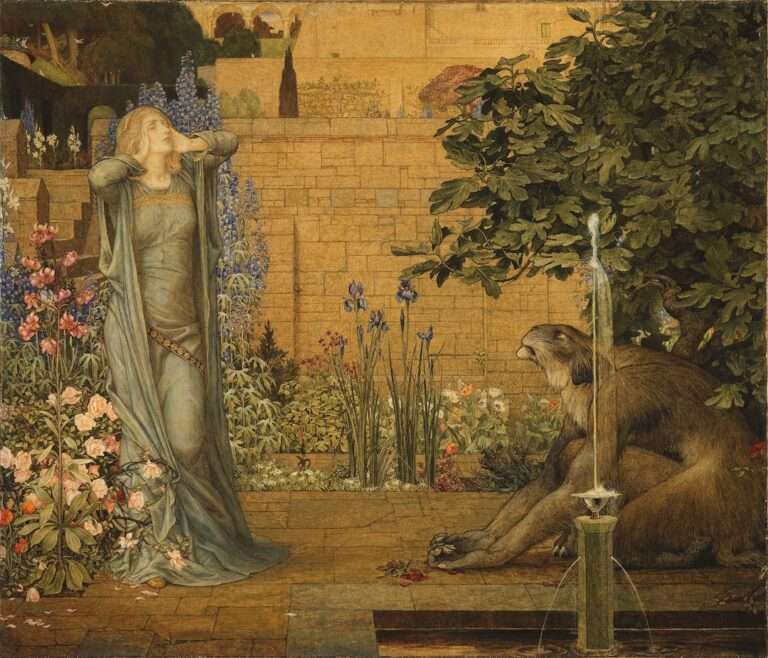The Hidden Meanings of Colors in the Animal Kingdom

Colors are not just a visual phenomenon; they play a significant role in the animal kingdom. From attracting mates to warning predators, colors are used by animals to communicate and survive in their environments. Understanding the symbolism of colors in the animal kingdom can help us appreciate the richness and diversity of nature.
Colors have evolved in animals for various reasons. They can serve as signals to attract mates, establish dominance, or warn predators. The vibrant hues and patterns found in nature are not just for aesthetic purposes; they have a purpose and function in the survival of species. By studying the colors and their meanings in the animal kingdom, we can gain a deeper understanding of the complex relationships and strategies that exist in nature.
Red: The Color of Passion, Aggression, and Danger
Red is a powerful color that symbolizes passion, aggression, and danger. Many animals use red to attract mates or intimidate rivals. For example, male cardinals have bright red plumage that helps them stand out and attract females during mating season. Similarly, some primates have red eyes that serve as a warning signal to other members of their species.
In addition to attracting mates, red can also be used as a warning signal to predators. Many venomous animals, such as snakes and insects, have red markings on their bodies to signal their toxicity or danger. This serves as a deterrent to potential predators, as they associate the color red with danger and aggression.
Blue: The Color of Calmness, Trust, and Intelligence
Blue is a calming color that symbolizes trust and intelligence. Many aquatic animals have blue or gray skin to blend in with the ocean and avoid predators. Dolphins and whales, for example, have blue or gray skin that helps them camouflage in the water and remain hidden from predators.
Blue is also associated with intelligence and trustworthiness. In the animal kingdom, animals with blue markings or feathers are often seen as intelligent and trustworthy. This is seen in birds such as blue jays and peacocks, which have vibrant blue feathers that are used to attract mates and establish dominance.
Green: The Color of Growth, Harmony, and Adaptation
Green is a color that symbolizes growth, harmony, and adaptation. Many animals have green skin or camouflage to blend in with their surroundings and avoid predators. Frogs and chameleons, for example, have green skin that helps them blend in with the leaves and vegetation in their habitats.
Green is also associated with growth and harmony. In the animal kingdom, animals with green markings or feathers are often seen as adaptable and in tune with their environment. This is seen in insects such as grasshoppers and praying mantises, which have green bodies that help them blend in with their surroundings and avoid detection.
Yellow: The Color of Happiness, Energy, and Warning
Yellow is a bright and cheerful color that symbolizes happiness, energy, and warning. Many animals have yellow or yellowish markings to warn predators of their stingers or venomous nature. Bees and wasps, for example, have yellow and black stripes that serve as a warning signal to potential predators.
Yellow is also associated with happiness and energy. In the animal kingdom, animals with yellow markings or feathers are often seen as energetic and lively. This is seen in birds such as canaries and finches, which have vibrant yellow feathers that are used to attract mates and establish dominance.
Orange: The Color of Creativity, Enthusiasm, and Warmth

Orange is a warm and vibrant color that symbolizes creativity, enthusiasm, and warmth. Many animals have orange fur or markings to blend in with their forest habitats. Orangutans and tigers, for example, have orange fur that helps them camouflage in the dense foliage of their habitats.
Orange is also associated with creativity and enthusiasm. In the animal kingdom, animals with orange markings or feathers are often seen as creative and enthusiastic. This is seen in birds such as parrots and toucans, which have vibrant orange feathers that are used to attract mates and establish dominance.
Purple: The Color of Royalty, Mystery, and Spirituality
Purple is a regal and mysterious color that symbolizes royalty, mystery, and spirituality. Many animals have purple or violet skin to blend in with their ocean habitats. Sea urchins and starfish, for example, have purple or violet skin that helps them camouflage in the colorful coral reefs.
Purple is also associated with royalty and spirituality. In the animal kingdom, animals with purple markings or feathers are often seen as majestic and spiritual. This is seen in birds such as peacocks and pigeons, which have vibrant purple feathers that are used to attract mates and establish dominance.
Black and White: The Colors of Contrast, Balance, and Elegance
Black and white are contrasting colors that symbolize balance and elegance. Many animals have black and white stripes or feathers to blend in with their environments and avoid predators. Zebras and penguins, for example, have black and white stripes or feathers that help them camouflage in their respective habitats.
Black and white are also associated with contrast and elegance. In the animal kingdom, animals with black and white markings or feathers are often seen as elegant and sophisticated. This is seen in birds such as swans and magpies, which have contrasting black and white feathers that are used to attract mates and establish dominance.
Brown: The Color of Earthiness, Stability, and Simplicity
Brown is an earthy and stable color that symbolizes simplicity and stability. Many animals have brown fur to blend in with their forest habitats. Bears and deer, for example, have brown fur that helps them camouflage in the trees and foliage of their habitats.
Brown is also associated with earthiness and stability. In the animal kingdom, animals with brown markings or fur are often seen as grounded and reliable. This is seen in mammals such as horses and cows, which have brown coats that help them blend in with their surroundings and avoid detection.
The Richness and Diversity of Color Symbolism in the Animal Kingdom
Colors play a vital role in the animal kingdom, from attracting mates to warning predators. Understanding the symbolism of colors in the animal kingdom can help us appreciate the richness and diversity of nature. Each color carries its own meaning and significance, and animals have evolved to use these colors to their advantage.
From the passionate reds to the calming blues, the vibrant greens to the cheerful yellows, the warm oranges to the regal purples, and the contrasting black and white, each color serves a purpose in the animal kingdom. By studying these colors and their meanings, we can gain a deeper understanding of the complex relationships and strategies that exist in nature.
The animal kingdom is a colorful tapestry of life, with each species using colors to communicate, survive, and thrive. The symbolism of colors in the animal kingdom is a testament to the beauty and diversity of nature. By appreciating and understanding these colors, we can gain a greater appreciation for the intricate web of life that exists all around us.
If you’re fascinated by the symbolism of color in the animal kingdom, you might also be interested in exploring the symbolism of the sun. The sun holds great significance in various cultures and is often associated with warmth, light, and life itself. To delve deeper into this topic, check out this insightful article on symbolismhub.com. Discover how different cultures perceive and interpret the symbolism of the sun, and how it relates to animals and their vibrant colors.
FAQs
What is color symbolism in the animal kingdom?
Color symbolism in the animal kingdom refers to the use of colors by animals to communicate with each other. It is a way for animals to convey messages such as aggression, dominance, or attraction.
What are some examples of color symbolism in the animal kingdom?
Examples of color symbolism in the animal kingdom include the bright colors of male birds used to attract mates, the warning colors of poisonous animals, and the camouflage colors of animals that need to blend in with their surroundings.
How do animals use color to communicate?
Animals use color to communicate in a variety of ways. Some animals use bright colors to attract mates, while others use warning colors to signal danger. Some animals use camouflage colors to blend in with their surroundings, while others use bright colors to signal dominance or aggression.
What is the significance of color in animal behavior?
Color plays an important role in animal behavior as it is a way for animals to communicate with each other. The use of color can signal aggression, dominance, attraction, or danger, and can help animals to avoid predators or find mates.
How do scientists study color symbolism in the animal kingdom?
Scientists study color symbolism in the animal kingdom by observing animal behavior and analyzing the colors used by different species. They may also conduct experiments to test the effects of different colors on animal behavior and communication.





